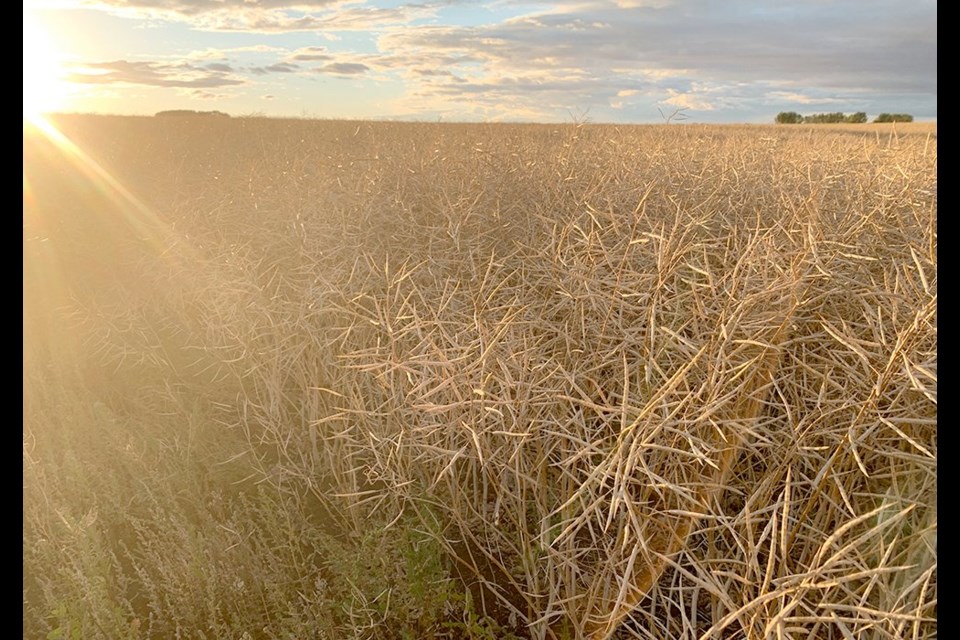WESTERN PRODUCER — November canola futures have plummeted about $200 per tonne in the last 10 days.
“I don’t know if we’ve ever seen a drop quite that large in that short a period of time,” said Ken Ball, an adviser with PI Financial.
It took about a month and a half for the market to fall that much after the 2008 highs.
Good weather conditions in Western Canada, with the notable exception of the water-logged regions of Manitoba and eastern Saskatchewan, likely got the ball rolling.
“Canola is generally off to a uniformly excellent start on the Prairies, probably better than we’ve seen for quite a long while,” he said.
The price plunge also has something to do with investors liquidating their long positions in a variety of high-priced commodities.
Soaring interest and inflation rates, falling stock markets and the general unease surrounding the war in Ukraine have made investors nervous.
On top of that, there has been some “predator selling” where the shorts in the market sense that the longs are under pressure and are selling to drive down prices even further.
Ball thinks the pendulum may have swung too far as it often does when money rushes in or out of commodity markets.
"Canola is now just insanely attractive to crushers or any commercial buyer,” he said.
“It’s probably cheaper than it deserves to be.”
His crush margin index is at $205 per tonne, up from $25 per tonne in April. That means canola seed values have dropped $180 per tonne more than oil and meal values.
“That’s dreamland for a crusher. That’s actually fantasyland,” said Ball.
He believes the canola market will settle down soon as the shorts start covering their positions and commercial buyers jump in to take advantage of today’s far more reasonable prices.
From here on out the price will be dictated by the weather in Western Canada. There are going to be some lost acres in the eastern Prairies, but Ball recently spoke to growers in Alberta who are thrilled with the change of fortunes in their province.
“They’re talking already about getting back up into some of those big, booming 60 to 70 bushel per acre yields,” he said.
“But they still have a long way to go.”
Contact [email protected]




